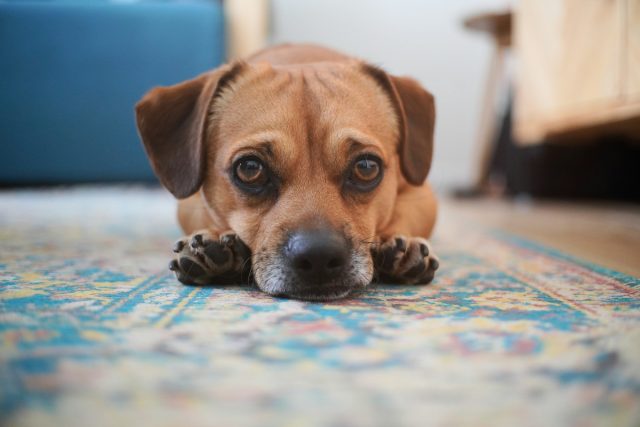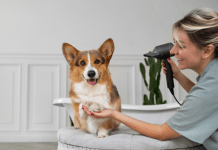
Dogs feel emotions deeply, and being away from their favorite human can cause real distress. Separation anxiety is common, leading to pacing, whining, or destructive behavior when they’re left alone. The good news is that with a calm approach and the right methods, you can help your dog feel secure and at ease. This guide explores safe and effective ways to comfort your pet, reduce anxiety, and build trust during those moments apart.
One gentle option to support your pet’s relaxation is using calming treats for dogs. Combined with simple behavioral changes and consistent routines, they can help your dog stay peaceful when you’re not home. With patience and care, your furry friend can gradually adjust to separation without fear.
Understand the Root of Anxiety
Before addressing anxiety, it’s important to recognize why it happens. Dogs are social animals that depend on companionship and routine. When that routine changes or you leave suddenly, they may panic or exhibit disruptive behavior.
Common signs include barking, pacing, chewing furniture, or refusing to eat. Identifying these behaviors early helps you plan how to manage them safely. Anxiety reflects your pet’s stress and confusion when separated from you.
Create a Calm Routine
Consistency is key for anxious pets. Establish predictable patterns for feeding, walks, and quiet time to help your dog feel grounded. Gradually teach them that your departures are normal and temporary.
Simple Daily Steps:
- Keep departures and arrivals low-key to avoid overstimulation.
- Leave briefly and gradually increase the time away.
- Provide a special toy or treat before leaving.
Routines build confidence and help dogs associate alone time with calmness rather than fear.
Use Comfort Aids to Relax Your Pet
Comfort tools can help ease tension while you’re away. Soft background noise or familiar scents can make your dog feel safe. Gentle aids, such as weighted blankets or pheromone diffusers, also promote relaxation.
Calming treats are another effective addition. They contain natural ingredients that support a sense of ease without sedation. Offering one before leaving can create a soothing association with your routine. These small, steady comforts reassure your pet that separation doesn’t mean distress.
Encourage Independence Gradually
Teaching independence takes time, but prevents anxiety from worsening. Start with short moments apart while you remain in the house, then increase the distance as your dog becomes more comfortable.
Try simple steps like:
- Leaving the room for a few minutes.
- Encouraging solo play with puzzle toys.
- Rewarding calm behavior when you return.
This slow exposure builds confidence. With practice, your dog learns that being alone can be a peaceful and safe experience.
Offer Positive Distractions
Keeping your dog mentally engaged helps shift focus away from your absence. Provide activities that occupy their attention and boost their mood.
Great Distraction Ideas:
- Food-dispensing toys or chew bones.
- Soft music or nature sounds in the background.
- A cozy bed is placed near their favorite spot.
Mental stimulation curbs anxiety and channels their energy in healthy ways. It keeps them entertained until you return, reducing stress and restlessness.
Easing separation anxiety safely comes down to patience, structure, and comfort. Understanding your dog’s triggers, maintaining consistent routines, and using calming aids can make time apart easier for both of you. Offering gentle reassurance, positive distractions, and trusted calming treats for dogs helps your pet feel secure even when you’re away. With steady effort and love, your loyal companion will learn that solitude doesn’t mean sadness; it simply means waiting peacefully for your return.










